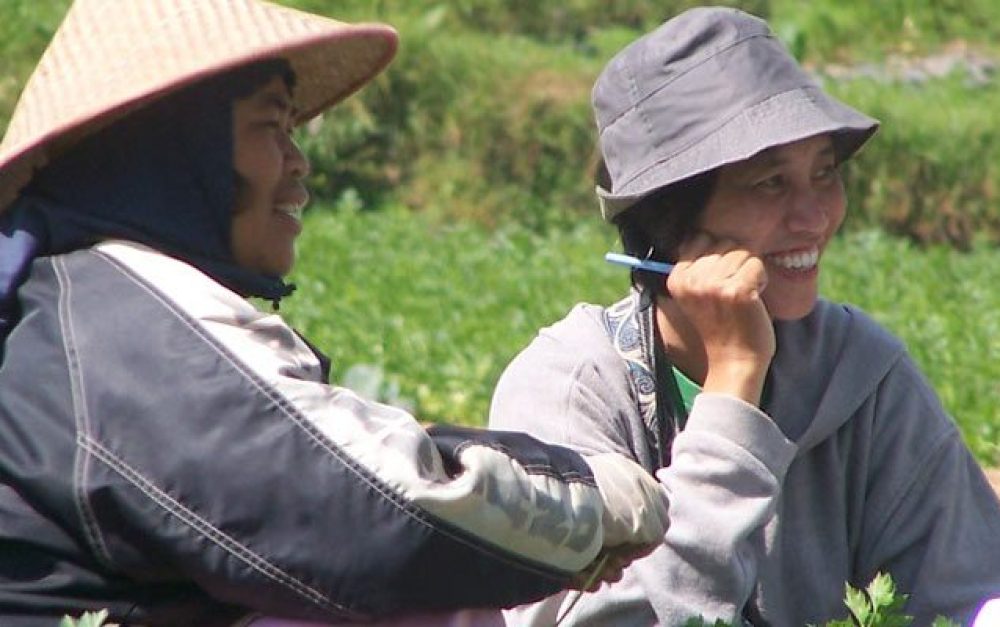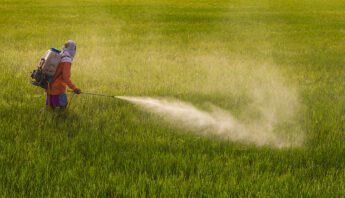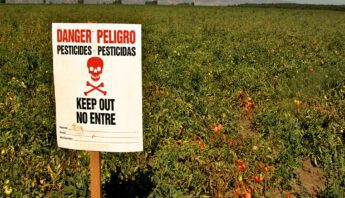The International Assessment of Agricultural Knowledge, Science and Technology for Development (IAASTD) represents a unique, in-depth and global look at the future of farming.
Experts from around the world investigated how agriculture can most effectively reduce hunger and poverty, improve rural livelihoods and protect human health — while meeting the daunting natural resource challenges facing the world today. They also examined how agriculture could best contribute to “equitable, socially, environmentally and economically sustainable development.”
The IAASTD concludes that to meet these needs, agricultural development in the 21st century requires a fundamental about-face. The final report highlighted promising policy options supporting ecologically sound decision-making by farmers.
The report points to the need for stronger, enforceable regulatory frameworks to reduce the damaging effects of resource-extractive agriculture. And it highlights the need for significant new investments by public sector, donor, and commercial agencies in agroecological research, extension, education, product innovation, and marketing.
Agroecological solutions
Notably, the IAASTD found that agroecology — the science behind sustainable agriculture — provides some of the most robust set of solutions to the environmental pressures and crises currently facing agriculture.
Drawing on the natural and social sciences, agroecology provides a framework for assessing four key properties of agriculture: productivity, resilience, sustainability and equity.
four key properties of agriculture: productivity, resilience, sustainability and equity.
Agroecological practices combine scientific inquiry with local knowledge and community-based experimentation, emphasizing technology and innovations that are pragmatic, knowledge-intensive, low cost and readily adaptable by small- and medium-scale producers.
These methods are considered likely to advance social equity, sustainability and agricultural productivity over the long-term, and are uniquely suited to providing benefits to local communities where food is grown.
Additionally, agroecological farming creates ecological and economic resilience. Maintenance of healthy ecosystem function reduces reliance on external inputs such as synthetic chemical pesticides, fertilizers and fossil fuels that can have high energy, environmental and health costs. The approach thus strengthens farmers’ capacity to withstand environmental and economic stresses posed by climate change, shifting pest pressures and volatility in petroleum and commodity prices.
Farmers across the world are employing agroecological practices, showing these methods to be both productive and profitable.
Innovative global process
The Assessment was conducted over the course of three years by more than 400 development experts and scientists from more than 80 countries — including PAN senior scientist Marcia Ishii-Eiteman. It was hosted by five United Nations agencies, the World Bank and the Global Environment Facility. The IAASTD findings were approved by governments at an Intergovernmental Plenary in April 2008.
The IAASTD is unique among UN processes because of its participatory approach and novel establishment of an advisory multi-stakeholder Bureau. It integrated local, regional and global views, and was a result of strong collaboration between many UN agencies, governments, independent scientists, private sector representatives and civil society.
The multi-stakeholder Bureau was a significant innovation for an intergovernmental process. For the first time, civil society representatives were not relegated to “observer” status but had a full voice (and oversight role) in shaping the direction and determining the content of the Assessment.
Further analysis:
- IAASTD Brief: Agroecology & Sustainable Development (Available in Spanish & French)
- IAASTD Brief: Biotech & Sustainable Development (Available in French)
- IAASTD Brief: Corporate Concentration in Industrial Agriculture (Available in Spanish)
- Agriculture and Climate Change (PAN Magazine, Fall 2009)







